Select an Orthopaedic Specialty and Learn More
Use our specialty filter and search function to find information about specific orthopaedic conditions, treatments, anatomy, and more, quickly and easily.
GET THE HURT! APP FOR FREE INJURY ADVICE IN MINUTES
Shoreline Orthopaedics and the HURT! app have partnered to give you virtual access to a network of orthopaedic specialists, ready to offer guidance for injuries and ongoing bone or joint problems, 24/7/365.
Browse Specialties
-
- Joint Disorders
- Shoulder
- Sports Medicine
AC Joint Inflammation
The AC (acromioclavicular) joint is formed where a portion of the scapula and clavicle meet and are held together by ligaments that act like tethers to keep the bones in place. Inflammation of the AC joint is a frequent cause of pain in the top portion of the shoulder.
More Info -
- Minimally Invasive Surgery (Arthroscopy)
Arthroscopy (Minimally Invasive Surgery)
Arthroscopy is a minimally invasive surgical procedure used by orthopaedic surgeons to visualize, diagnose, and treat problems inside the joint. Because it requires only tiny incisions, arthroscopy can be performed without a major, invasive operation and many procedures can be done on an outpatient basis.
More Info -
- Neck and Back (Spine)
- Physical Medicine & Rehabilitation (PM&R)
Cervical Radiculopathy (Pinched Nerve)
When there is inflammation, compression (pressure), or irritation of a nerve root exiting the spine, the nerve may be unable to conduct sensory impulses to the brain appropriately, leading to varying degrees of discomfort and pain. The majority of patients with cervical radiculopathy, or a pinched nerve, get better over time, with no need for surgery or any type of treatment at all.
More Info -
- Hand & Wrist
De Quervain’s Tendinitis
De Quervain’s tendinitis occurs when the tendons around the base of the thumb become irritated or swollen, causing the synovium around the tendon to swell and changing the shape of the compartment, which makes it difficult for the tendons to move properly.
More Info -
- Foot & Ankle
Equinus
When the ankle joint lacks flexibility and upward, toes-to-shin movement of the foot (dorsiflexion) is limited, the condition is called equinus. Equinus is a result of tightness in the Achilles tendon or calf muscles (the soleus muscle and/or gastrocnemius muscle) and it may be either congenital or acquired. This condition is found equally in men and women, and it can occur in one foot, or both.
More Info -
- Arthritis
- Hip
- Joint Disorders
- Joint Replacement & Revision
Hip Arthritis
Hip arthritis is a leading cause of hip pain and stiffness. Arthritis is the loss of the normal protective cartilage that covers the bones. When this cartilage or “padding” of the bone breaks down and is lost, areas of raw bone become exposed. When large areas of bone are exposed, they grind against each other with standing and walking. This is “bone on bone” arthritis and is usually painful.
More Info -
- Neck and Back (Spine)
- Pediatric Injuries
- Physical Medicine & Rehabilitation (PM&R)
Kyphosis (Roundback) of the Spine
The term kyphosis is used to describe the spinal curve that results in an abnormally rounded back. Although some degree of rounded curvature of the spine is normal, a kyphotic curve that is more than 50° is considered abnormal. There are several types and causes of kyphosis: postural kyphosis, Scheuermann’s kyphosis, and congenital kyphosis.
More Info -
- Joint Disorders
- Knee
- Sports Medicine
Meniscal Tears
Meniscal tears are among the most common knee injuries. When tearing a meniscus, you may hear a “popping” noise. Most people can still walk on the injured knee, and athletes often continue to play immediately following a tear. However, without proper treatment, a piece of meniscus may come loose and drift into the joint, worsening symptoms.
More Info -
- Fractures, Sprains & Strains
- Muscle Disorders
- Sports Medicine
Thigh Muscle Strain
Muscle strains usually happen when a muscle is stretched beyond its limit, tearing the muscle fibers. They frequently occur near the point where the muscle joins the tough, fibrous connective tissue of the tendon. A similar injury occurs if there is a direct blow to the muscle. Muscle strains are graded according to their severity.
More Info

